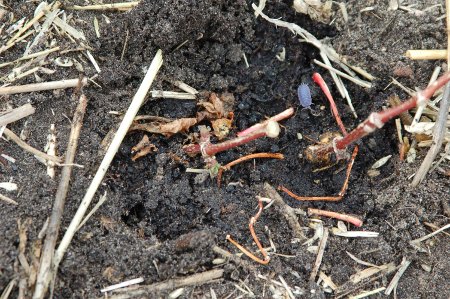I’ve been playing around with some visitor statistics gathering programs over the last few days. For years now, I’ve had some standard tools provided by my ISP, and I’ve written some simple scripts myself. These give me a pretty good overview, but sometimes it’s a little hard to see the forest for the trees in all the data they provide, and it’s always a bit of an issue to distinguish the ‘real readers’ from all the robots and spammers on the Internet.
In particular, I’ve just installed a program called Piwik, which inserts a Java applet into the blog pages for statistics gathering. Since for the most part Java applets are only executed by real web browsers, I now have a better idea of who my real readers are and what they’re looking at.
Piwik doesn’t detect all my readers, for example it doesn’t necessary know about people that use a blog reader (RSS), block Java script, use certain kinds of ad blocking software or use nonstandard browsers. There is however the suggestion that most of the readers it does detect are actually taking the time to load pages into their browser and look at them. My faithful readers, if you like.
One of the real revelations was where my readers are located. Have a look at this list of readers, just from yesterday, but also pretty representative of the last several days. The numbers indicate distinct readers in each country.
United States: 199
Great Britain: 22
Unknown: 8
Canada: 7
United Kingdom: 6
Australia: 5
New Zealand: 3
Argentina: 2
Belgium: 2
Indonesia: 2
Denmark: 2
Bulgaria: 2
Islamic Republic of Iran: 2
India: 2
Netherlands: 2
France: 1
Greece: 1
Croatia: 1
Germany: 1
Czech Republic: 1
Mexico: 1
Guatemala: 1
Spain: 1
Brazil: 1
Tuvalu: 1
Hungary: 1
Ireland: 1
Thailand: 1
Taiwan: 1
Venezuela: 1
Portugal: 1
Japan: 1
Wow! What a diversity of countries and cultures. It’s a little strange the UK is separated from Great Britain, not an important distinction in my opinion. Perhaps if you live in Northern Ireland you won’t agree?
On other days for example, I’ve seen a lot more readers in Brazil, France and Belgium. I’ve also seen a few Afghani, Estonian, Egyptian, Israeli, Swiss, South African, Peruvian, Romanian, Polish, Norwegian, Swedish, Korean, Slovakian, Austrian, Italian, Saudi, UAE, Singaporean, Finish, Belize, Malay, Hong Kong, Serbian, Chinese, Russian and Ukrainian readers.
Since most of these people are readers of garden blogs in general, it’s probably a lot more representative of our community as a whole. What an interesting group of people we are!
I’d love to hear from all of you, and find out who you are and what you think of this blog! I hope you all leave comments sometime. You’re welcome to do this in your native languages if your English isn’t good.













